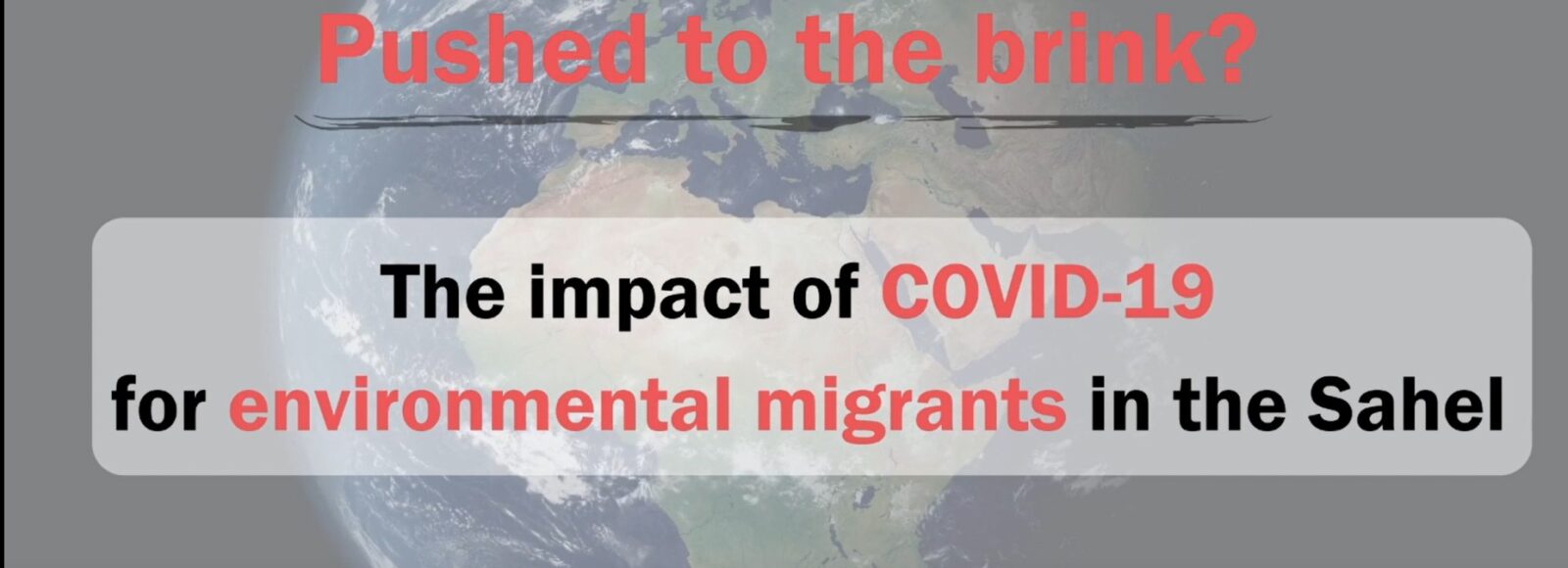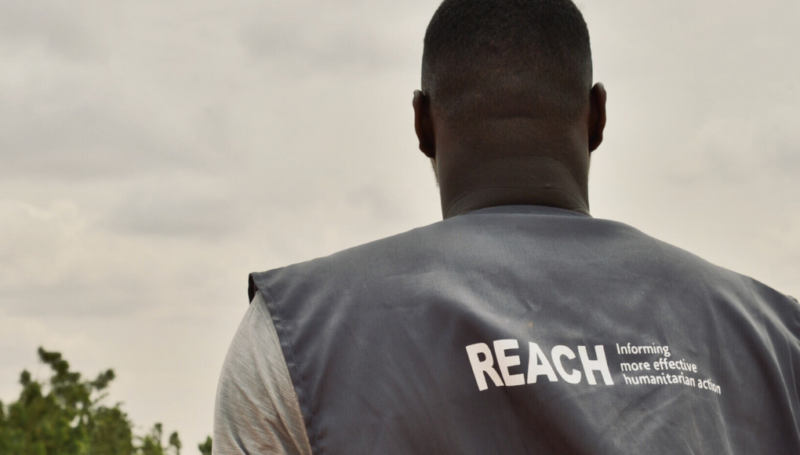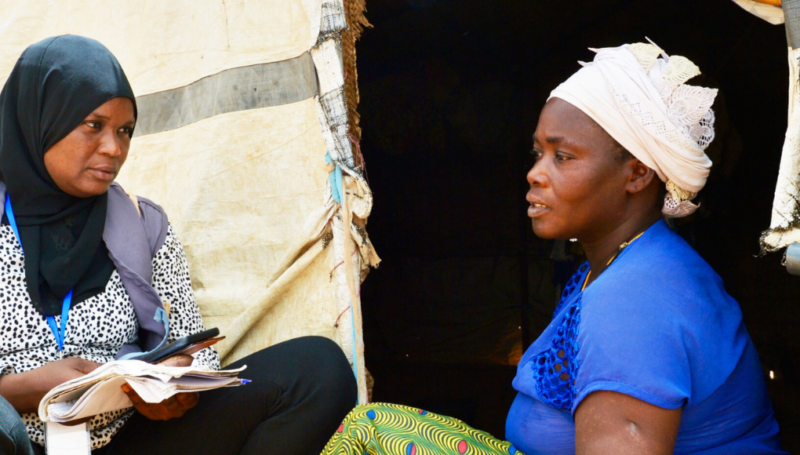Described as a Ground Zero for climate change by the United Nations, the Sahel region hosts some of the most vulnerable populations in the world. Yet climate change is just one of the many challenges Sahelians are forced to contend with. Most regions face the dire consequences born from ongoing conflict, food insecurity, and political instability. The combination of these issues, further compounded by the spread of COVID-19 and the measures taken to fight it, act as threat multipliers in some of the most crisis-affected communities globally.
For Sahelian populations who traditionally rely on movement to sustain their livelihoods and meet their basic needs, measures taken to fight COVID-19 in the region as well as nefarious environmental impacts created by climate change have severely reduced their capacity to cope.
Mobility dynamics in the Sahel build on long-standing migration patterns developed over generations, often part of the livelihood strategies to cope with the seasonality of the climate.
Environmental migration patterns are central to populations in Niger & Burkina Faso where accessing additional livelihoods is vital to counter insufficient agriculture-based revenues, and lack of food, itself a result of unpredictable climate. This fine balance, between insufficient harvest yields and vital seasonal migration patterns to complement, has been severely disrupted by the pandemic. Movement restrictions, especially across borders, have had devastating effects for migrants in the Sahel.
Given the current circumstances presented by COVID-19 and increasing climate change trends, there exists a general lack of understanding of the complex linkages between these two phenomena and migration.
The freshly published report “Pushed to the brink? The impact of COVID-19 on environmental migrants in the Sahel”, conducted by REACH, in partnership with the Start Network as part of its Migration Emergency Response Fund (MERF) aims to increase this understanding- to offer better solutions for aid actors to respond to this crisis of mounting importance.
“I migrate because it’s me who sends money home to the village to my brothers, so they have something to eat and can work in the fields. Our harvest savings end before the rainy season, so there is no other way than for someone leaving to find money elsewhere“
– Nigerien man from Say, interviewed in Niamey, Niger
“Of course, we are women, but we migrate to help our parents manage the household after the harvest. Because most years we have problems, because the harvest isn’t good and not enough to feed everyone”
– Nigerien woman from Ouallam, interviewed in Niamey, Niger
Based on interviews with migrants in areas of origin and destination across Niger, Nigeria and Burkina Faso, and climate change experts, the report found that:
- Prior to COVID-19, seasonal environmental migrants’ livelihoods in the Sahel were based on a fine balance between unpredictable harvest yields and seasonal migration patterns to complement insufficient agricultural outputs;
- Already in precarious conditions, COVID-19 appears to have pushed environmental migrants to the brink;
- While communities in the region faced an increased need to migrate to secure livelihoods, they had less ability to do so. It is likely also that the number of people living in extremely vulnerable conditions in climate-prone areas, unable to move, will increase.
“Prior to COVID-19, the livelihoods of seasonal environmental migrants in the Sahel were based on a fine balance between unpredictable harvest yields and seasonal migration patterns to complement insufficient agricultural outputs. Already in precarious conditions, COVID-19 appears to have pushed environmental migrants to the brink. While communities in the region faced an increased need to migrate to secure livelihoods, they had less ability to do so. It is also likely that the number of people living in extremely vulnerable conditions in climate-prone areas, unable to move, will increase.”
– Diana Ihring, REACH Migration Specialist, IMPACT Initiatives
The brink therefore for migrants in the Sahel represents a fragile balance of securing livelihoods. Short term restrictions due to COVID-19, coupled with lost harvests, can have severe consequences in the long term. Vital consequences which must be monitored, and reported on.
For more information
The full report is available below, and on the REACH Resource Centre.
The report deep dives into the key findings presented above, as well as other key findings extracted from the data collection. The report also harbors in-depth analysis on the drivers of needs and vulnerabilities due to climate change and COVID-19 in the Sahel, complemented by recommendations tailored for the humanitarian and development sector.
The entire catalogue of REACH information products on mixed migration trends can be found here.
Contact
For any questions related to the study conducted by REACH in the Sahel, please reach out to IMPACT Initiatives’ Migration Specialist, Diana Ihring.
For any other queries, feel free to reach out to IMPACT Initiatives’ Communication Officer, Emmanuel Gamard.










